This pencil case survival kit could save your life




Words and images: Marty Ledwich
Picture this – you’re on the Outback Way somewhere between Warakurna in Western Australia and the Northern Territory border. Suddenly you see smoke billowing from the back of the 4WD. You pull over just in time to get the family out and salvage a couple of bottles of water and your survival kit, before your whole rig – car and caravan – goes up in flames. It’s 36°C, there’s no phone signal and you’re about a day’s walk from civilisation. What do you do?
No one plans a disaster, but you must prepare for one if you want to survive, especially in the Australian outback where distances are vast and help may be days away. Put together a compact survival kit that you can take with you wherever you roam, whether that’s on the road, in the tinny or on a remote hike – and the odds of being found alive are in your favour.
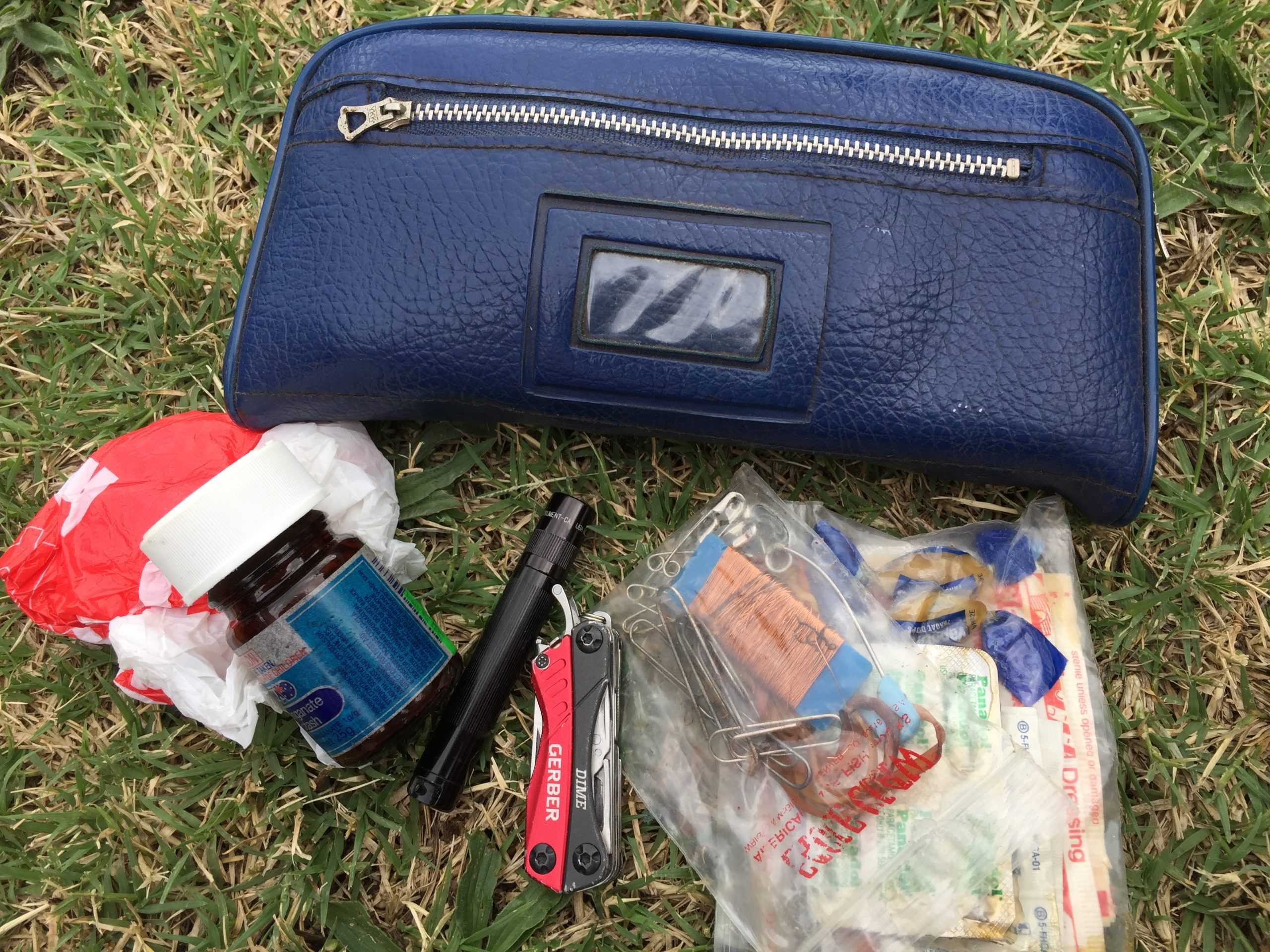
Here, we show you how to put together a rudimentary survival kit that will fit into a small pouch (such as a pencil case), that you can easily take with you on your travels. The kit is based around the five key elements of survival in the Australian outback:
Most medical experts agree that a healthy person can survive up to three days without water in mild conditions. However, if you’re over 60, have a pre-existing medical condition and are stranded in extreme heat in the desert, you could be dead within hours.
Protecting yourself from exposure to the elements – particularly the sun, wind, rain and cold – will greatly increase your chances of survival.
It’s possible to survive many days without food, but prolonged hunger will take a toll. Being able to find small amounts of food can sustain health and strength, which are vital in an emergency.
Rescues are faster if someone knows you are missing, which is why it’s always a good idea to let someone know your plans so they can raise the alarm. You need to give rescuers every opportunity to find you.
No one ever died from a paper cut in the office, but in an extreme environment, even the smallest wound can spark an infection, while a major wound can cause life-threatening blood loss. Basic first aid knowledge and equipment can save a life.
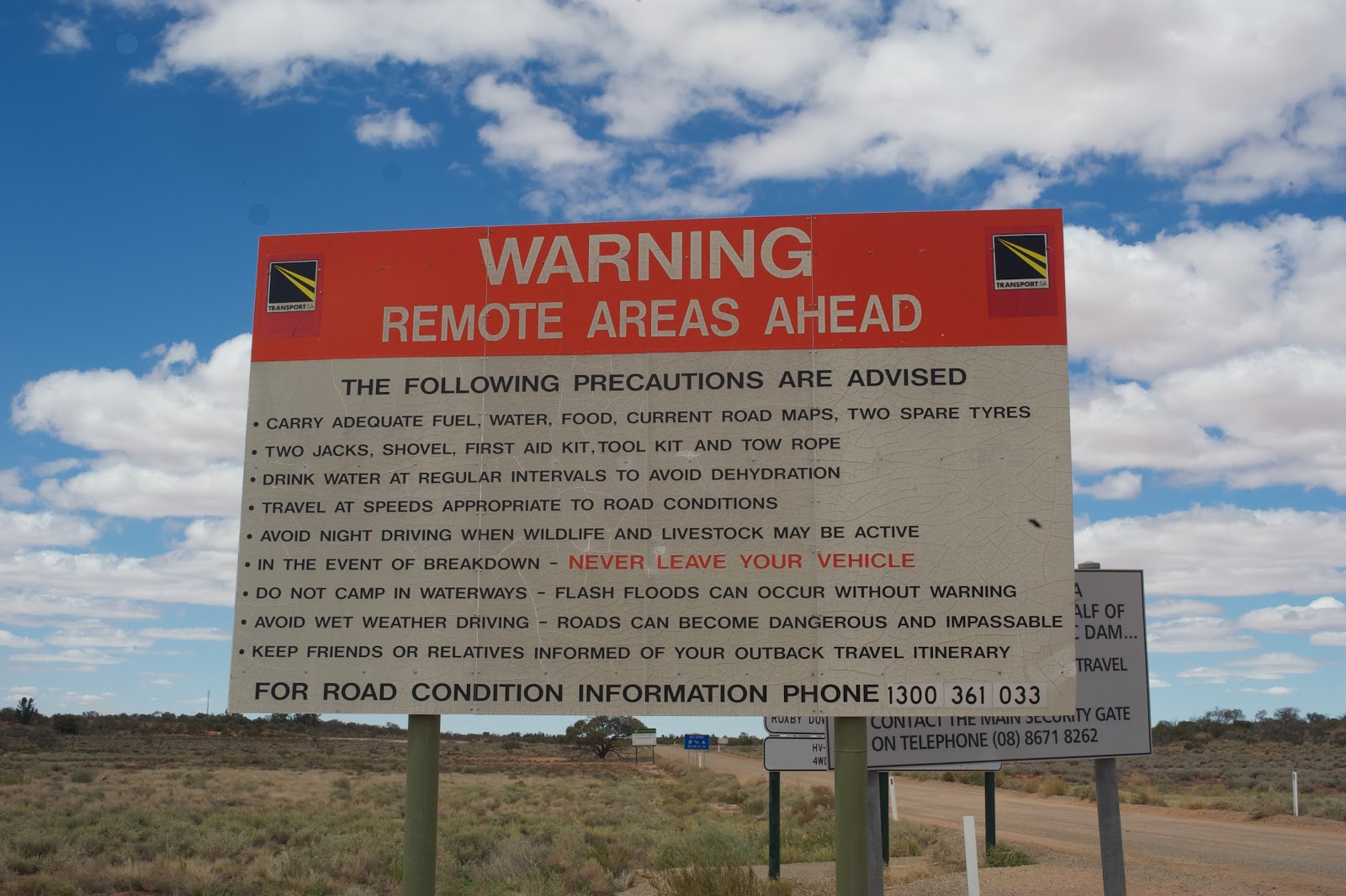
So, what’s in the pencil case that could save your life? Probably not what you expect. This kit is based on gear supplied to special forces around the world and all the items can be purchased cheaply from camping stores and/or chemists, or collected from around the home. Used properly, the contents of this kit will help you survive for several days (possibly weeks), greatly increasing your chances of being found alive. Many of the items have multiple uses, which makes this survival kit very compact and efficient. Here’s what you need:
Not for what you’re thinking! Condoms can store up to two litres of water and can also be used as sheaths to cover wounds.
Made from a block of magnesium with a built-in flint. Shave some of the metal block onto kindling using a knife or stone, and strike with the flint. Magnesium burns bright and hot. The bright flame can be used to signal rescuers.
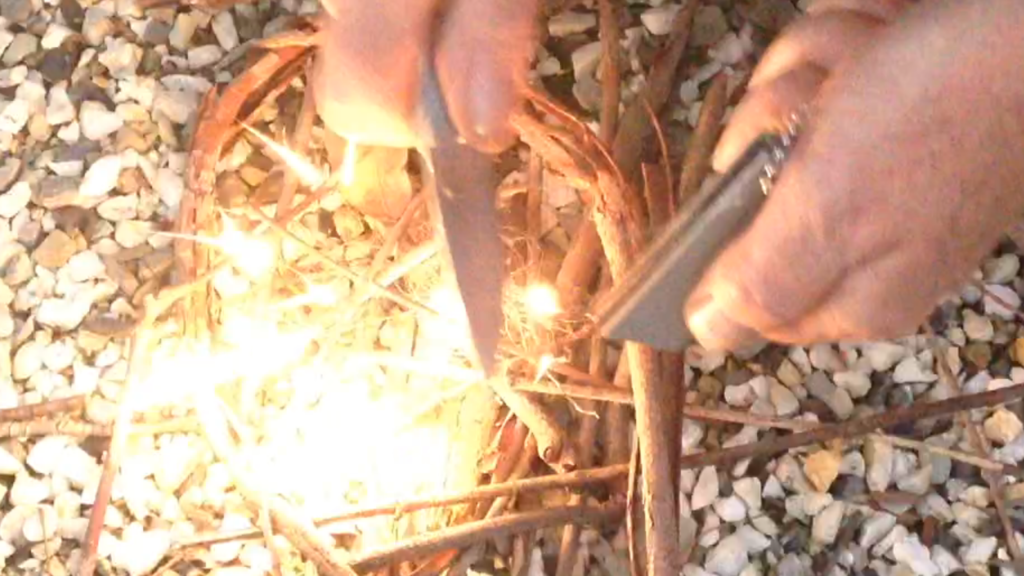
Use a mirror to attract the attention of search planes. The reflected sun can be seen from great distances.
The larger the better. Place the bags over the branches of nearby trees and tie the ends up tightly. Water will transpire from the leaves into the bags, giving you a drinking source. The bags can also be filled with sand and charcoal to construct a rudimentary water purifier.
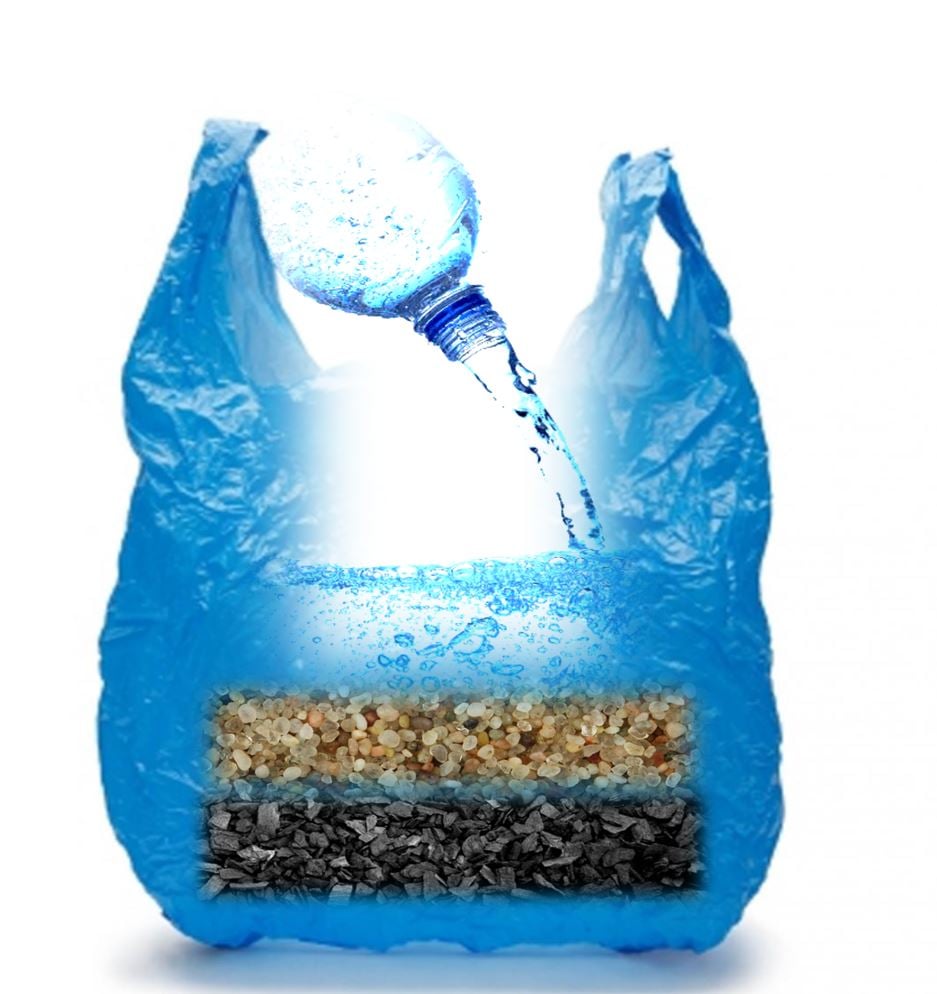
Made from strong, lightweight reflective material, survival blankets help preserve body warmth. They can also be used as a temporary shelter and, when laid out on the ground, can be seen from the air by rescuers.
A compact wire saw can be used to cut branches for building shelters or for gathering firewood.
Wire can be used to help build shelters or construct traps to catch small animals for food. Safety pins can repair clothing or be used as emergency sutures for large wounds. Rubber bands are useful for sealing plastic bags when extracting water from trees, or to secure wound dressings.
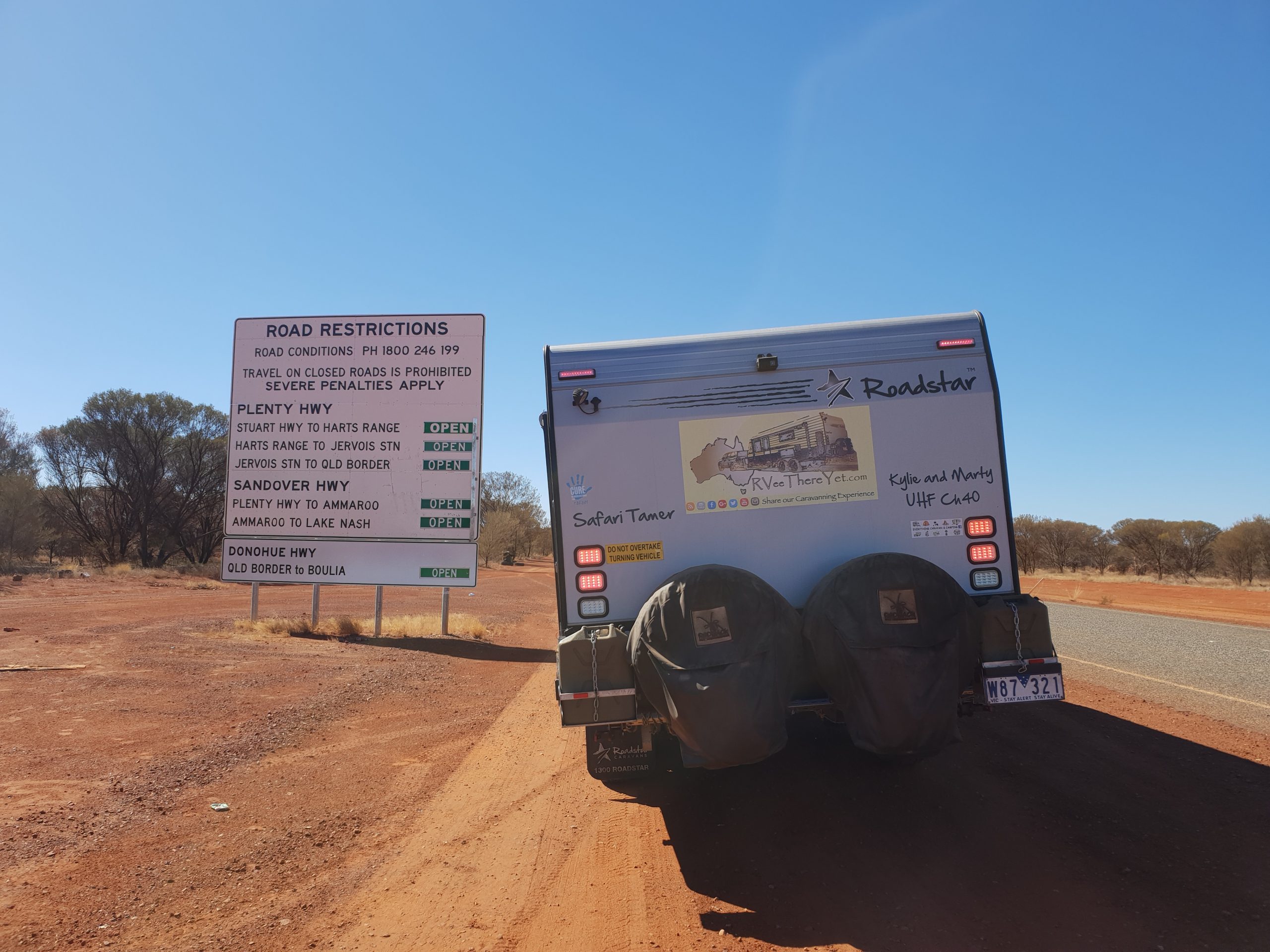
A selection of small hooks, sinkers and some fishing line might be enough to catch small fish from streams and rivers, assuming you’re not in the middle of the desert.
The last thing you want is to make yourself sick by ingesting contaminated water. Purification tablets such as Aquatabs kill waterborne organisms that cause gastric upset.
A selection of painkillers and antacid tablets can help ease discomfort. If you need special medication for a pre-existing condition, include a supply of that as well.
A small selection of different sizes to help keep minor wounds clean.
Potassium permanganate is a good all-round disinfectant useful for cleaning wounds and treating fungal infections, dermatitis and tropical ulcers. Bought in crystals, it can also be used to colour snow to make a signal visible from the air.
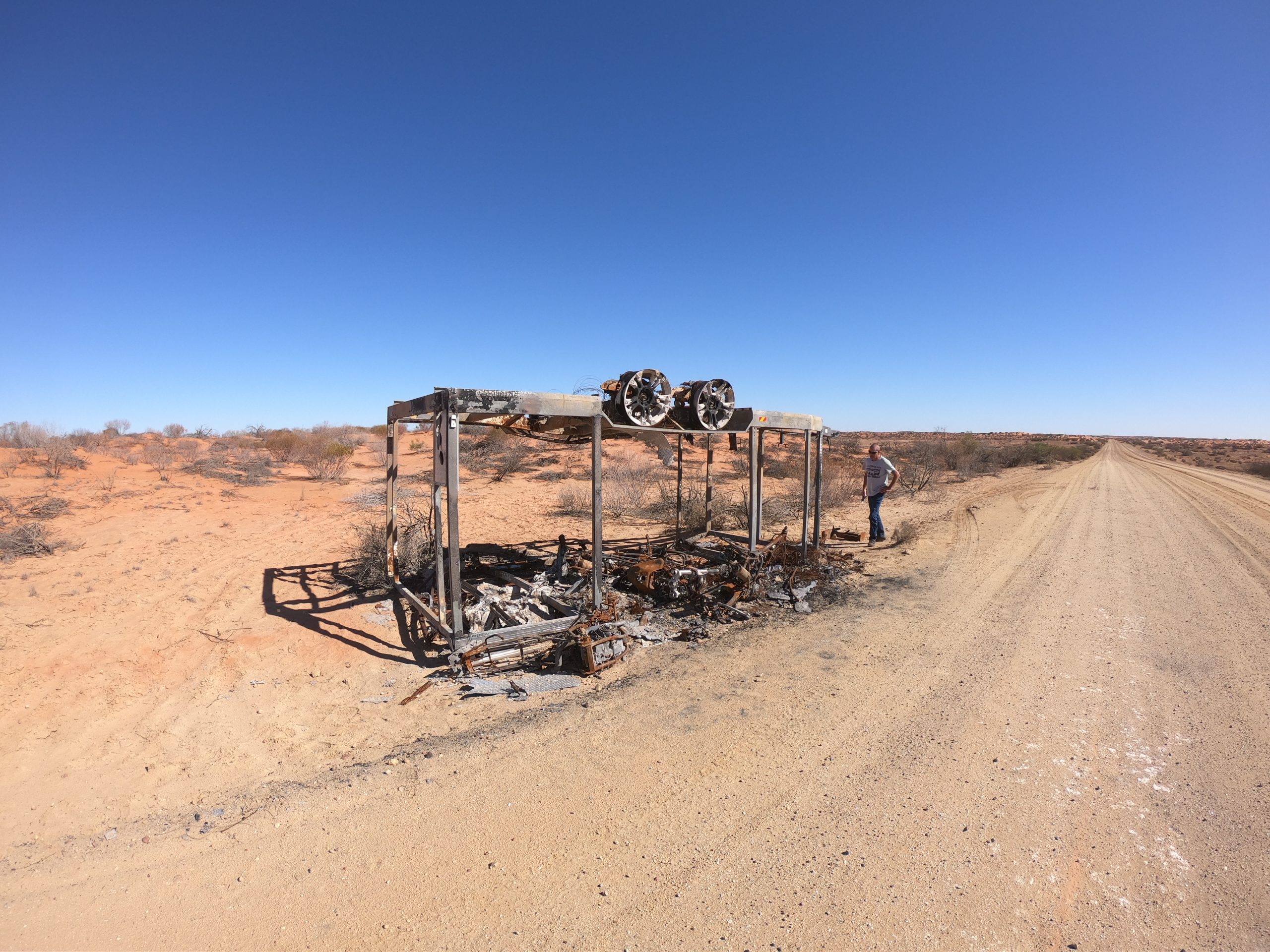
These matches have large heads and are covered in a thin film of wax. They are very effective at lighting a fire in windy or damp conditions.
A candle is a good back-up as a fire starter in poor conditions. The wax can also be rubbed onto the surface of wound dressings to provide waterproofing.
A small light is useful after dark and can also be used to signal rescuers.
There are many pocket knives on the market, but those with integrated pliers are the most useful.
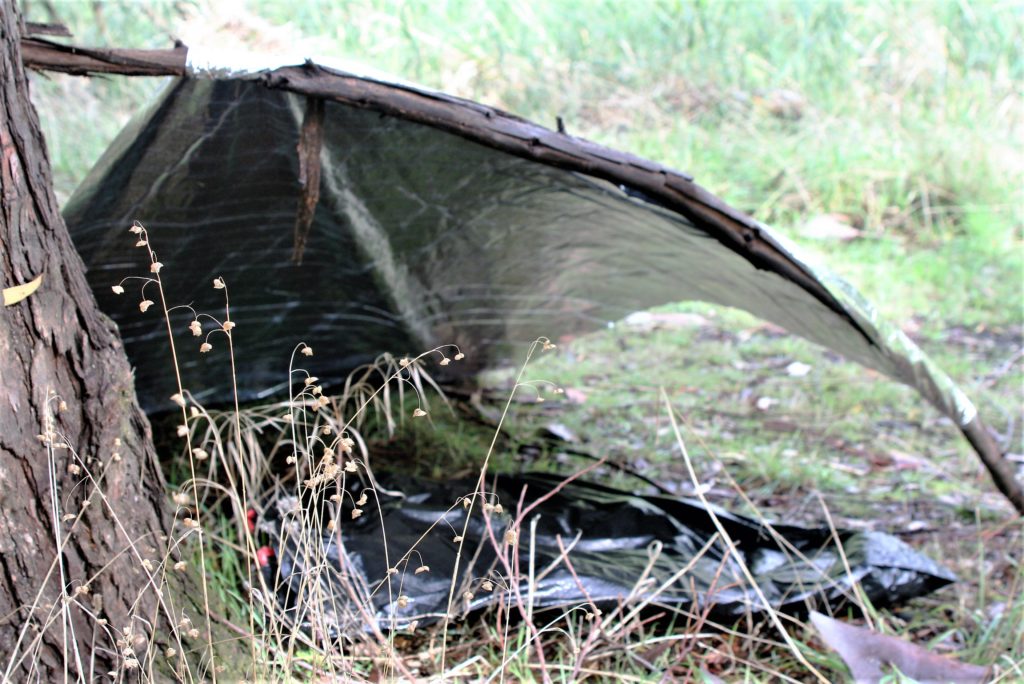
A sewing kit can be used to mend or make clothing or to stitch large wounds or make dressings. You can also stitch items together to make a shelter.
These blades are small and extremely sharp. They have multiple uses including skinning animals caught for food.
A compass will help you navigate your position, especially if you set off to seek help.
These wipes contain alcohol and can be used for cleaning wounds and surrounding tissue; as well as sterilising needles for removing splinters or stitching cuts.
Make sure you check the contents of your kit regularly and replace any medications or other items that have passed their use-by date.
This is by no means an exhaustive list. You can easily add more items if you use a larger container. The beauty of this kit is it’s small enough to store in your vehicle or your day pack. Just remember, you want to be able to grab it in an instant.
You can have the greatest kit in the world but it’s no use if it’s not with you and you don’t know how to use it. So make sure you always pack your survival kit on your travels and familarise yourself with its contents. Also consider doing a course on first aid and bush survival. It just might save your life.